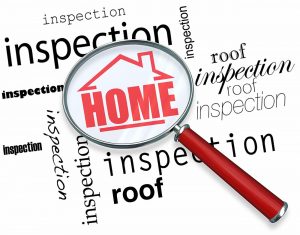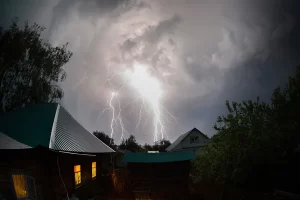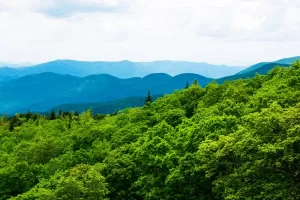Algae Manifestation on Asphalt Shingles
Algae development may cause discoloration on roofs contributing to black or brown streaks over a rooftop. Algae can be incorrectly recognized for soot, soil, or plant excrement, nearly all of which typically generate only local discoloration. Dark streaks, or roof structure discoloration due to algae, occur in varying diplomas throughout the U.S., specifically in places subjected to cozy, humid conditions. It is most widespread from the eastern United States, commonly available on roofs with northern visibility. The key varieties of algae that tend to collect and increase on roofs are classified as cyanobacteria Gloeocapsa magma algae, found in and moved throughout the oxygen. Green algae (usually green in looks) or moss, sometimes located on roofs with northern visibility, overhangs, or great moisture places, are not the same types.
Are You Able To Get rid of Dark Streaks, or Algae Staining, from an Asphalt Roof?
Algae staining can be difficult to get rid of but can be lightened by spraying a diluted chlorine bleach solution and water on the roof structure.
Disclaimer: When choosing to clean your roof thoroughly, we recommend talking to a licensed/qualified roof covering expert. If you decide to clean your roof on your own thoroughly, you should understand that the roof will probably be slippery when moist, and extreme caution ought to be considered when undertaking this task. Wear appropriate slip protection when on the roof structure and proper PPE, including slip-resistant shoes/footwear and eye protection while washing the roof structure.
The Way to Brighten Dark Streaks, or Algae Slight Discoloration, Upon an Asphalt Roof
- Just before utilizing the solution, all-terrain plant life directly under the roof structure ought to be covered.
- The solution ought to be a combination of one gallon of all bleach and water (1:1).
- This solution should be sprayed on the roof structure and left untouched for approximately 10 – 20 minutes.
- Usually, do not rub or use a high-pressure power cleaning machine. This can release and take away granules, and thus shortening the lifespan of the roof structure covering.
- After approximately 10 – 20 minutes, the roof should be sprayed with water, careful to thoroughly flush the roof and the greenery around the house (lawn, bushes, and shrubs).
- When algae expansion is extensive, the cleaning up approach may need to be repetitive. This technique is typically short term, along with the discoloration may recur.
How Algae Causes Harm to Asphalt Shingles
There’s no data that algae deposits modify the performance of asphalt shingles. Algae, or streaking, is more of an aesthetic problem and may even influence your property’s style or curb appeal.
What Are Algae Resistant (AR) Shingles?
Asphalt shingles with algae-resistant mineral granules continue to be the very best solution available for lowering cyanobacteria Gloeocapsa magma algae expansion defined above. These kinds of products combine materials, including copper-lined mineral granules, to minimize algae expansion. Industry experts realized that metals, including copper, have algae-suppressing qualities after noticing that algae staining was reduced or did not exist beneath metal vents or flashing over a roof structure.
We provide an entire line of algae-resistant asphalt shingles, an algae-suppressing technology to help reduce algae expansion. Need a roof specialist? Contact us for more information and avail our services now!







